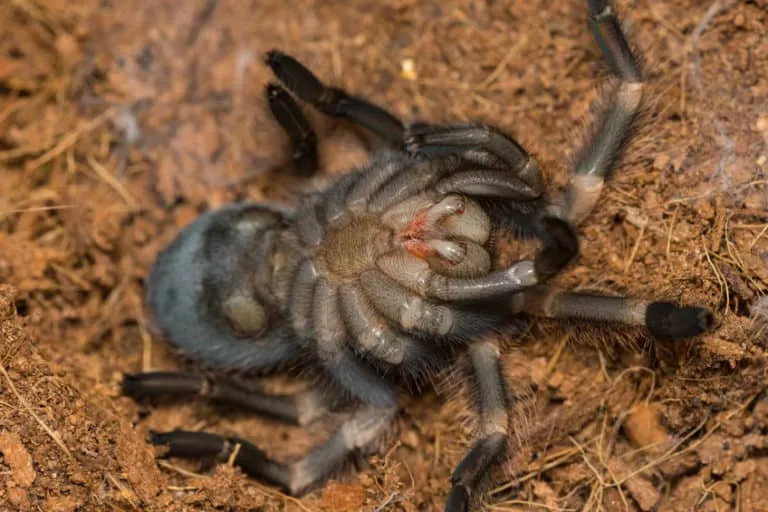The tarantula molting period is a fascinating and critical aspect of tarantula care. Understanding the molting process, the signs to watch for, and how to support your pet spider during this time is essential for any tarantula owner. This guide provides you with the top 5 facts about the tarantula molting period, ensuring you’re well-prepared to provide the best possible care for your arachnid companion. From the frequency of molting to the potential dangers and post-molt care, you’ll gain valuable insights into this unique biological process.
Tarantula Molting Period Top 5 Facts
What is Molting in Tarantulas?
Molting, or ecdysis, is the process by which tarantulas shed their exoskeletons. This tough, outer shell doesn’t grow, so the tarantula must periodically replace it with a new, larger one. The exoskeleton provides protection and support, but it also limits growth. During molting, the tarantula essentially sheds its old ‘skin,’ revealing a new, soft exoskeleton underneath. This process allows the tarantula to grow and regenerate lost limbs or other body parts. It’s a fundamental part of their life cycle, marking their growth stages from juvenile to adult. It is a vulnerable time for tarantulas, they become defenseless.
The Molting Process Explained

The molting process is a complex biological event. It starts internally as the tarantula begins to form a new exoskeleton beneath the old one. Enzymes are secreted to detach the old exoskeleton from the underlying tissues. The tarantula then positions itself, usually on its back, and begins to work its way out of the old shell. The process can take anywhere from a few minutes to several hours, depending on the size and age of the tarantula. Once free, the tarantula is incredibly vulnerable. The new exoskeleton is soft and pliable, gradually hardening over several days. During this time, the tarantula is very susceptible to injury.
Why Do Tarantulas Molt?
The primary reason tarantulas molt is to grow. As they develop, their existing exoskeleton becomes too small. Molting allows them to shed this restrictive shell and expand into a larger one. Molting also serves other purposes, like regenerating lost limbs. If a tarantula loses a leg or other appendage, it can regenerate it during a molt. Additionally, molting helps remove parasites and other debris that may have accumulated on the exoskeleton. The molting process is vital for the tarantula’s overall health and survival. Without it, they would be unable to grow, heal, or maintain their health.
Top 5 Facts About Tarantula Molting
Fact 1 Molting Frequency
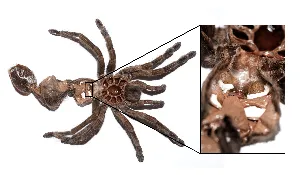
The frequency of molting varies significantly depending on the tarantula’s age, species, and environmental conditions. Younger tarantulas molt much more frequently than adults, sometimes every few months. As tarantulas mature, the molting frequency decreases, with adults molting once a year or even less often. Factors like feeding habits, temperature, and humidity also influence how often a tarantula molts. It’s essential to monitor your tarantula’s growth and behavior to anticipate its molting schedule, which may vary across different tarantula species and their growth rates. This helps to ensure optimal care during this critical time.
Fact 2 Signs of an Impending Molt
Several telltale signs indicate that your tarantula is preparing to molt. These include a change in behavior such as lethargy, loss of appetite, and spending more time in its hide. The tarantula’s abdomen may appear darker and more swollen. You might also notice a bald spot on the abdomen, where the old hairs have rubbed off. Some tarantulas may seal off their burrow or web a thick layer of silk in preparation for molting. Understanding these signs allows you to provide the right environment and minimize disturbances to ensure the tarantula can molt safely and efficiently. Pay attention to these signs to minimize stress during the molting period.
Fact 3 The Dangers of Molting
Molting is a vulnerable time for tarantulas. The soft exoskeleton is easily damaged. During this period, tarantulas are unable to defend themselves. Any disturbance can be fatal. Handling your tarantula should be avoided during the molting process and for a few days after. High humidity levels are critical to ensure the old exoskeleton splits properly. Low humidity can lead to a failed molt, where the tarantula gets stuck in its old skin. Other potential dangers include being attacked by prey items if you offer food too soon or injury from falls or sharp objects within the enclosure. Monitoring the enclosure and avoiding disruptions can significantly improve the chances of a successful molt.
Fact 4 Post-Molt Care
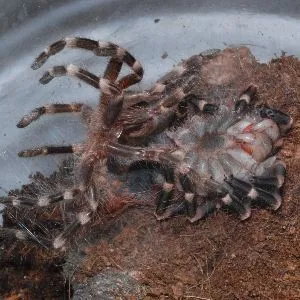
After molting, the tarantula’s exoskeleton is soft and needs time to harden. It’s crucial to wait before attempting to feed your tarantula. The fangs will be soft and cannot pierce prey, potentially leading to injury and stress. Wait a few days or even a week, depending on the tarantula’s size, before offering food. Ensure the tarantula has access to fresh water. Maintaining the proper humidity level is important for the hardening process. Avoid handling or disturbing the tarantula until its exoskeleton has fully hardened. Providing a safe and stable environment will promote optimal healing and recovery.
Fact 5 Molting and Growth
Each molt represents a significant growth spurt for a tarantula. After molting, you’ll notice that the tarantula is larger. The new exoskeleton is also often more vibrant in color. This growth process makes molting a vital part of the tarantula’s life cycle. The size and appearance of a tarantula can change dramatically after molting, especially in younger specimens. The old exoskeleton can be a useful indicator of the tarantula’s previous size and health. Careful observation after a molt can give you a good sense of your tarantula’s overall development and well-being. Note the changes in leg span, body size, and overall appearance.
How to Help Your Tarantula Through a Molt
Providing the Right Environment
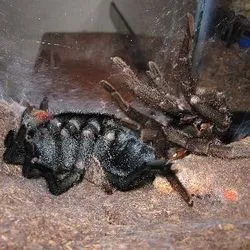
Creating a suitable environment is essential for a successful molt. The enclosure should have appropriate substrate, such as coco fiber or peat moss, to provide a comfortable space for the tarantula. Maintain the correct humidity level for the species. The temperature must be within the correct range for your species. Minimize disturbances by placing the enclosure in a quiet location, avoiding vibrations and sudden movements. Ensure the enclosure is free of sharp objects or potential hazards that could injure the tarantula during molting. Adequate environmental conditions promote a safe and stress-free molting experience.
Feeding During Molting
Tarantulas typically stop eating before a molt. Do not offer food if your tarantula shows signs of an impending molt. If a tarantula is in premolt, the prey may injure them. After molting, wait a few days for the exoskeleton and fangs to harden before offering food. Start with small, easy-to-handle prey items, like pre-killed insects. Watch for the tarantula’s feeding response. Provide fresh water during this time. Feeding too early can stress your tarantula. Correct feeding practices can play an important role in your tarantula’s recovery after molting.
Handling and Disturbances
Avoid handling your tarantula during the molting process and for at least a week afterward. Handling can be stressful. Any disturbance can be dangerous. Keep the enclosure in a quiet place. Avoid vibrations. Refrain from sudden movements near the enclosure. This will create a safe, low-stress environment. This will minimize any risks during this sensitive time. Let your tarantula complete the molting process without interruption.
Common Molting Problems and Solutions
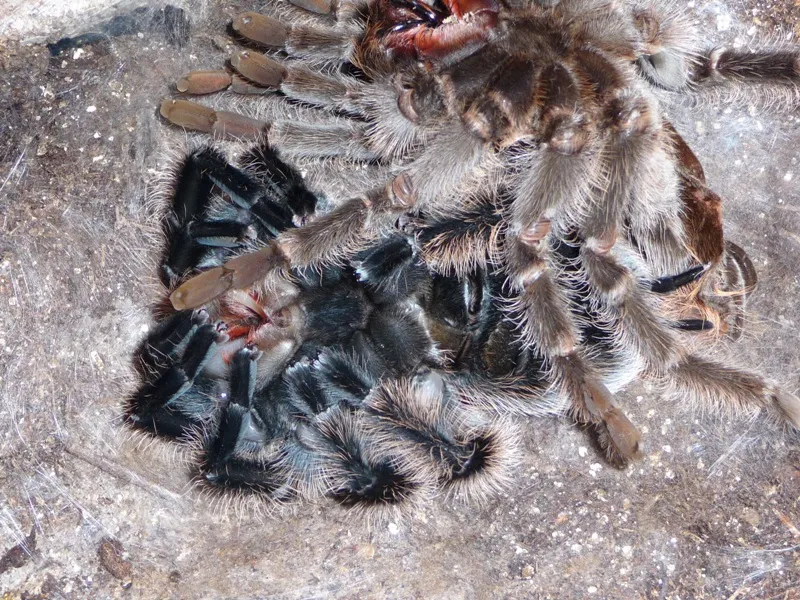
Several problems can arise during the molting period. A failed molt is a major concern, where the tarantula cannot fully shed its old exoskeleton. This can be caused by low humidity or other environmental stressors. Another common issue is leg loss or injury during molting, sometimes due to the tarantula getting stuck. If you notice a failed molt or other problems, consult a veterinarian or experienced tarantula keeper for advice. Provide optimal environmental conditions to help prevent issues, and act immediately if problems occur. Understanding these potential issues enables better proactive care and appropriate responses when challenges arise.
